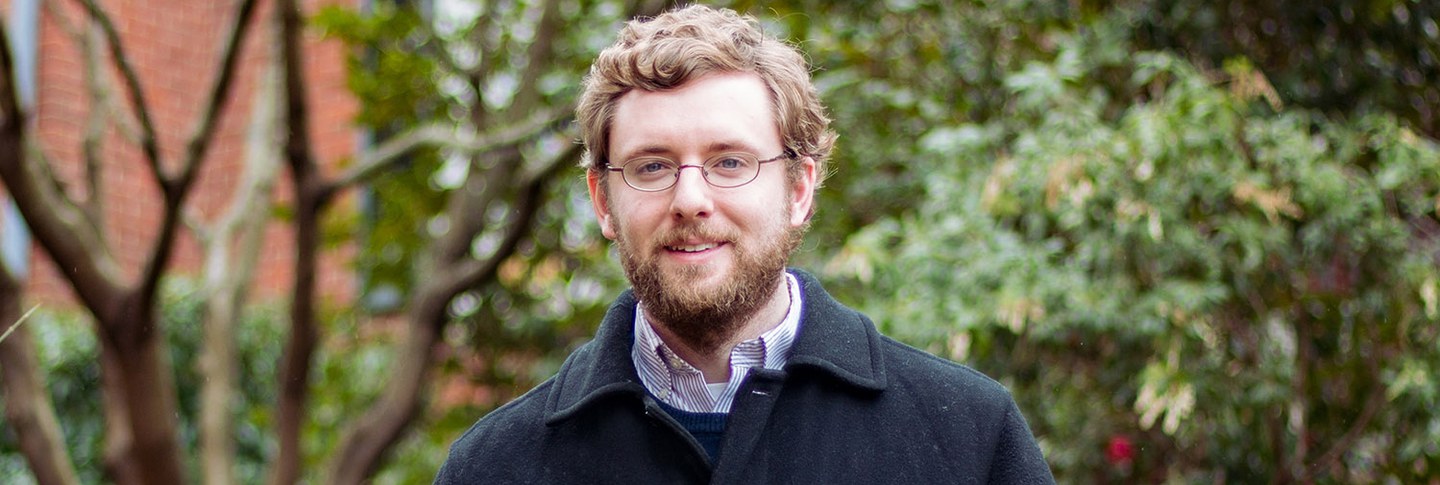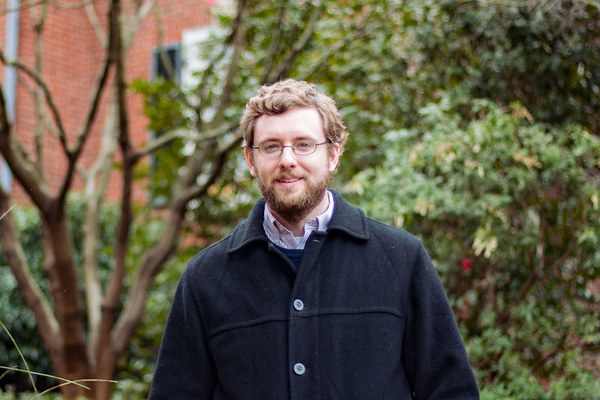Alexis Torrance, an assistant professor of theology at the University of Notre Dame, is a fellow in Byzantine Studies at Dumbarton Oaks. His recent research report, “Perfection Before Our Eyes: The Human Ideal in Theodore the Stoudite,” examined Theodore’s theology and his defense of religious images during the second wave of Byzantine iconoclasm (814–842).
Q&A with Alexis Torrance
In a nutshell, what’s the theological debate Theodore is participating in?
It has a lot to do with philosophy as well as theology, because Theodore is interested in what it really means to be a human being. Both pro-image and anti-image theologians at the time agree that Jesus was both God and a human being. Theodore runs with this and says, “Tell me, if you just saw Peter in the street, would you be able to draw a picture of him?” Of course you can, because he’s circumscribable, or, in other words, depictable. And if that’s the case, why can’t an image be drawn of Jesus, since he is a human being?
This argument is only a small part of a bigger battle. All sorts of other interesting arguments crop up. For example, some of his opponents counter that Jesus isn’t human in the same way Peter is: he is a kind of universal human being, and as such you can’t limit him to some wooden panel with pigments on it. Theodore disagrees, saying that if you can’t depict him, then you can call Jesus “the universal human being” until the cows come home, but he’s not really human—he’s some other kind of thing. For Theodore, even after death—and in the resurrected state at the end of time—the human being is always depictable. We don’t lose that capacity at any point. This implies that our natural characteristics, in this case being depictable, have an eternal value for Theodore.
That’s one level of the issue. Another level concerns what is being depicted, and here Theodore comes down strongly on another philosophical point. He writes that an image of Jesus, of Mary, of the saints—of anyone at all, actually—is depicting a person, and not their generic humanity. As such, the image itself has meaning and importance on the basis of its relation to that person. In other words, it’s not an “idol” that is worshipped in itself, but a portrait that bears the personal presence of the one depicted. This helps him on the issue of whether you should depict religious images: of course, he says, unless you’re not interested in the personal presence of Jesus, Mary, etc.
How does Theodore connect the day-to-day chores of the coenobium, or monastery, to the human ideal?
Many people assume monastic practice is about escaping to a kind of bodiless, non-earthly existence, but what we find in Theodore is almost a reversal of that conception. Taking the same kind of thinking he applies to the legitimacy of an image made of earthly matter, he finds that earthly tasks also have their value. For example, if you were a cook in a monastery, you’d find yourself fussing about with all sorts of tasks, chopping and cooking and possibly getting injured—what we might say are worldly activities.
Theodore makes all those experiences—the knocks, the struggles, simply putting food on the table—into salvific acts. Why? Because he sees what the monk is doing as an imitation, ultimately, of Jesus Christ, in that even if the monk is doing something he may not particularly want to do, he’s doing it for the love of God and the abbot, as well as the community to which he belongs. In Theodore’s mind, the monk finds his perfection not by putting aside all these mundane earthly activities, but precisely through them.
This argument becomes even more striking when Theodore juxtaposes it with what are usually seen as the highest forms of monastic life in Byzantium—living on top of a pillar, for example, or alone in the desert. His exultation of mundane tasks is such that they outstrip all these other ways of life, which obviously on the surface appear a lot harder. He does this partly, of course, to encourage his community, but there’s a larger theological issue at stake as well: the idea that perfection is never, ultimately, an escape from our humanity. That’s what brings together his view of images and his view of monastic life, that our humanity remains permanent even in its individuating properties, that it will have the same appearance in the age to come as it does now. We don’t escape humanity; we fulfill it.

